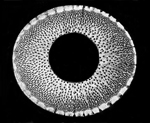|
2025: The Top Ascetic Shakuhachi History & Ideology
Disinformation Sources in Public View, Online
Texts Presented Primarily in the English Language:
- Individual Writers Presented in Chronological Order
- Websites Presented in The Order of The Alphabet
|
|
